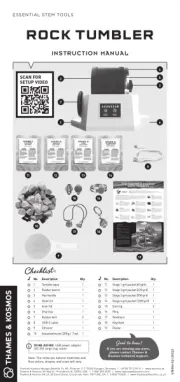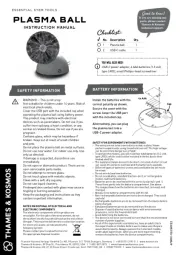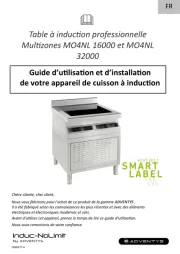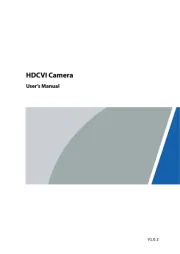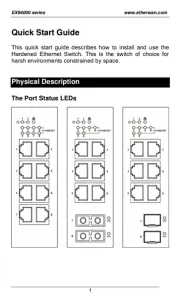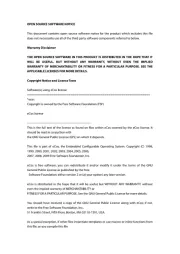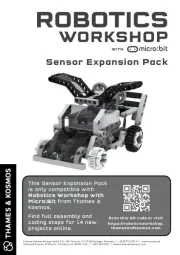
Dear Parents & Supervising Adults, Your Metal Detector
A Nose for Buried Treasures
A metal detector is an electronic instrument that
can detect the presence of metal nearby. Metal
detectors are useful for detective work, as they
can help an investigator find metal items hidden
within objects or buried underground (as long as
they aren’t too small or too deep). You can use your
metal detector to find lost coins in the sand, or you
can use it to detect any concealed metal, like a key
First, have an adult insert the two batteries into
the device by following these steps:
1. Use a Phillips-head screwdriver to loosen the
screw on the battery compartment and lift off the
cover. The screw will remain in the cover.
2. Remove the old batteries (if applicable) and
insert two new AAA batteries (1.5-volt, type LR03).
Pay attention to the correct polarity (+ and –).
3. Close the battery compartment and screw the
Now you can switch on the device. To adjust the
sensitivity of the metal detector, turn the small dial
on top. It will beep to indicate that it is ready for
use. Keep turning the dial until the beeping stops,
which means it has reached its most sensitive
How Your Metal Detector Works
Your metal detector has two coils of metal wire in
the circular end: the transmitter coil and the
receiver coil. The batteries cause electricity to flow
through the transmitter coil, causing a magnetic
field to form around the transmitter coil. When you
move the metal detector over a metal object, the
moving magnetic field creates an electric current
inside the metal object. This in turn creates a
magnetic field all around the metal object. This
magnetic field creates an electric current inside
the second coil (the receiver coil) in the metal
detector. The electric current then flows to a circuit
with a loudspeaker, causing the alarm to sound. As
the transmitter coil moves closer to the metal, the
magnetic field around the object becomes stronger,
which means more electricity flows to the speaker,
making the alarm sound louder.
Most metal detectors work the same way. These
devices are often used by treasure hunters, but
they are also used at airports and important
places or events to ensure that no one can sneak
in any dangerous metallic items.
Before starting the experiments, please read the
manual together with your child and discuss the
safety instructions. Support your child with advice
and a helping hand when performing the experiments
Protect the metal detector from moisture. Only adults
should install and replace the batteries. Make sure to
keep the packaging and instructions as they contain
WARNING! Not suitable for children under
3 years. Choking hazard — small parts may be

